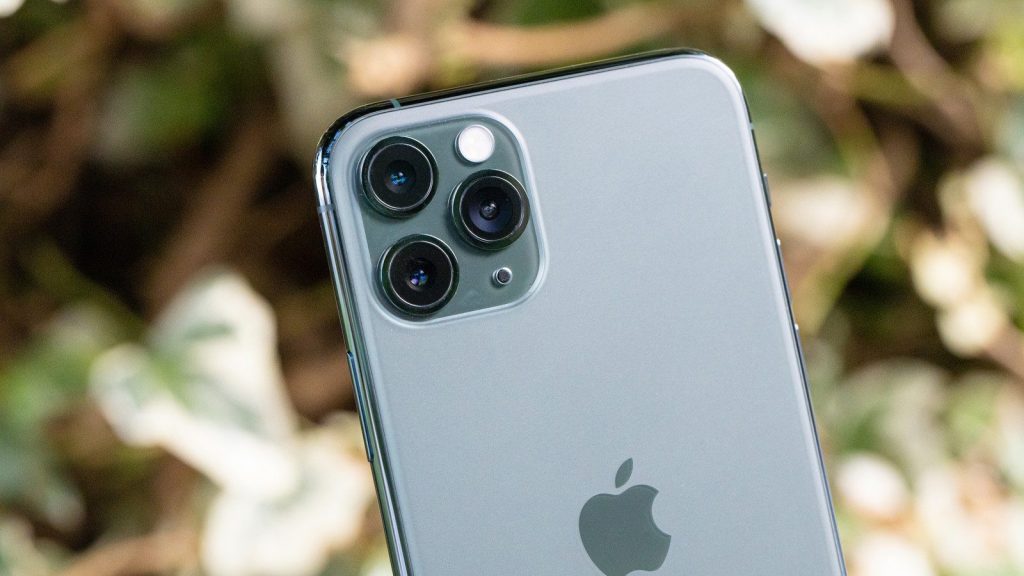Smartphone companies these days seem to focus on one thing above all else: the camera.
With every new model released to the public, you can be sure that the camera is one (if not the) focal point to attract buyers. It seems like a race between companies, if you think about it. A race on which brand gets to add as many cameras on their new phones as possible. With the promise of ultra-high quality photographs, extreme zoom capabilities, and crisp recording, they claim that their cameras can do it all.
Capturing the Market
Newer phones such as the iPhone 11, Galaxy S10, and Honor 20 boast three rear cameras and an additional one front camera for selfie purposes. Other phones even have more than that – the Galaxy A9, Huawei P30 offer four rear cameras.
The idea is that each camera has its own purpose; for example, one handles ultra-wide shots, while others control the depth, zoom, and quality of the shot. Mix it all together and you have high-definition snapshot capabilities with excellent range.
Where does it End?
The new Nokia concept tries to go beyond – planning to create a phone with more than five cameras. Yes, it seems that the finish line for this race is still nowhere in sight. A common theme to these phones with multiple cameras however is the soaring price tags that come with them.
One would have to wonder if the added clarity and definition of their photographs could balance the steep prices for the phones themselves. In the next year or two, we may even see phones with six, seven, or even eight total cameras at their disposal. That does pose the question however. Is this a bit of an overkill for a single phone? Is it too impractical or too expensive for the common consumer? What do you guys think?
